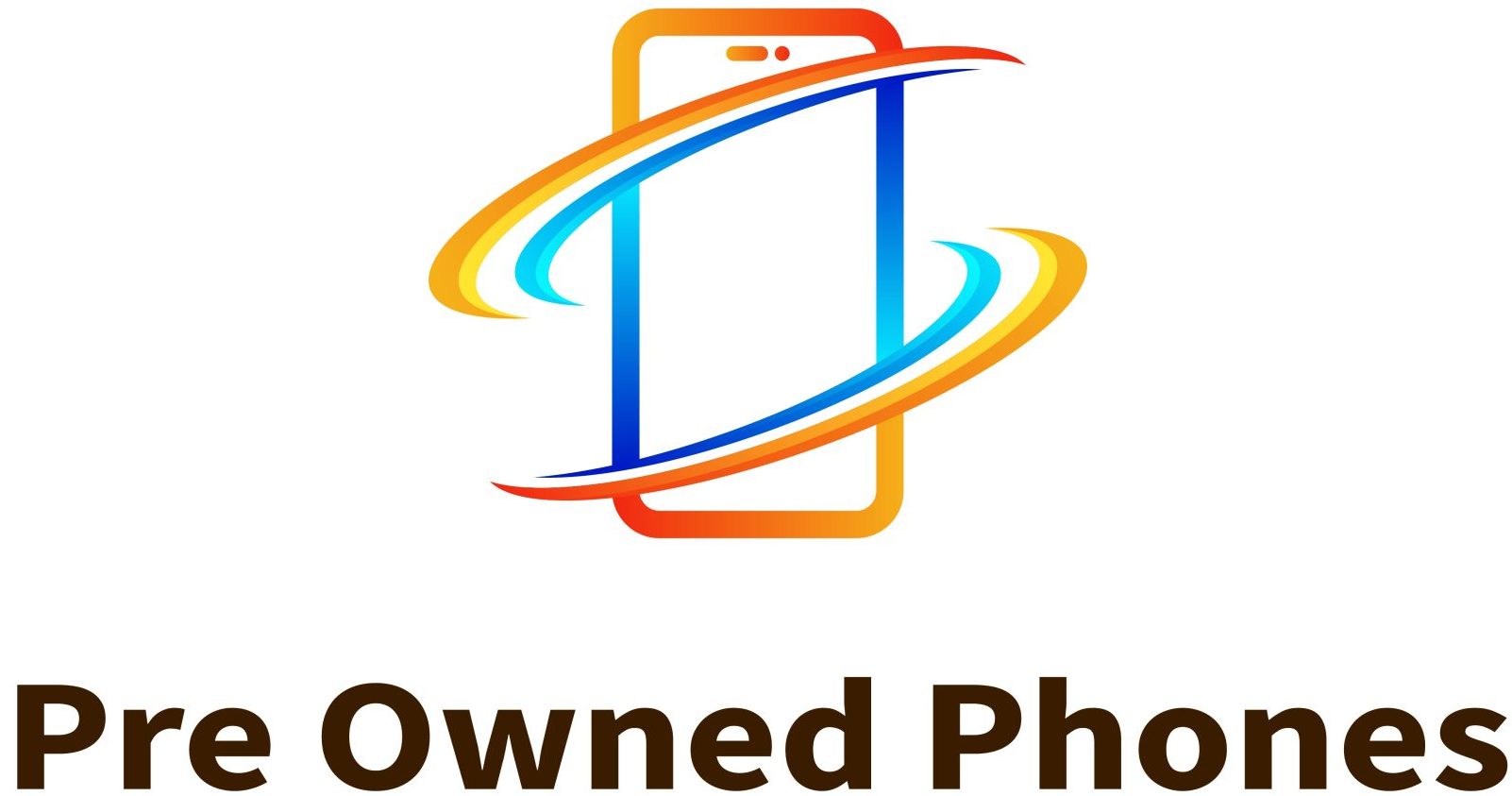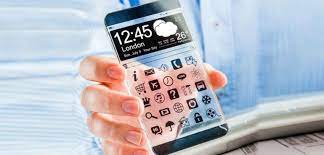Five Future-Promising Smartphone Technologies
Smartphones have made our lives easier. What is the future? And what innovations can we anticipate in the future?
Smartphones have advanced a lot in the 21st Century. Smartphones have advanced from the HTC Dream to the iPhone 3G and now can be used as computers. But where are we going from here? Is the smartphone the future? Here are five promising technologies you may find in your smartphone’s near future.
1. 6G
3G, 4G, 5G. It is only natural that we will eventually reach 6G.
6G, also known as sixth-generation wireless, is the next generation of 5G and will, presumably, offer better internet speeds and access.
According to current thinking, 6G will, just like its predecessors in the cellular broadband market, major companies such as Samsung, Apple, and Nokia are keen to learn more about this emerging technology.
Developers and researchers also discuss the possibility of AI being included in 6G. AI could be used in 6G support, design, and optimization.
For the widespread release of 6G, security protocols and privacy protocols will be enhanced.
2. Over-the-Air Charging
A cable is something that no one enjoys. Do you need to adjust your position or turn in bed while using your phone? Your charging cable is a bit too short, sorry.
What about a wireless charger? You can use a wireless charger, but you will still need to place your phone on the charger. As annoying as it is to remember to charge your mobile chargers, mobile chargers can also be frustrating. We all wait for the day when we can completely disconnect our phones from charging.
Enter over-the-air charging. This technology works by simply walking into your home and having your phone connected to your over-the-air charger without you even thinking about it.
You will need some charging stations to use this technology. Although the charging station is expected to be the same size as a guitar amp, which is a significant step beyond regular cable chargers in size, it will provide convenience at the highest level. It will have sensors that can detect your phone’s presence.
3. Nano-Tech Batteries
Did you ever realize that your phone has 10% and you have to leave the house in 10 mins? It can be frustrating. It’s always frustrating. But, what if we told you that your battery could be fully charged in minutes or seconds in the not too distant future?
The use of nano batteries would be the key to this super-fast charging. The term nano means something extremely small. This technology is now being developed for smartphones.
Simply put, current phone battery conditions are not ideal. Signals are exchanged in a phone’s battery. Energy is also drawn from the battery during the signal’s travel.
Nanobatteries will allow for faster charging and better battery life. Scientists have not yet managed to reduce nanobatteries to a small size enough for us to access this technology.
4. SIM Card Revocation
With the advent of eSIM, plastic SIM cards might be gone forever.
An eSIM (electronic SIM) is a virtual SIM that your phone network provides. These eSIMs are a great option because they don’t require physical SIM cards and can be easily updated and changed. You can also switch networks or have more than one network at once.
An eSIM allows you to quickly switch between phone networks without visiting a store or waiting for a new SIM card to arrive. Switching networks can be done quickly on your smartphone without any hassles.
Although eSIMs are supported by a few networks, most people still use a physical SIM card. However, eSIMs will be a more widespread technology in the future, and SIM cards may become obsolete as quickly as DVD players.
5. OLED and E-Link Combination
Let’s first clarify what OLED is and E-link before getting into future technology.
OLED stands for the organic light-emitting device. OLED screens are fancier and more advanced than LCD screens. OLED screens emit light using flexible sheets of material.
E-ink is an electronic display that looks like ink on paper. Although E-ink is more basic than OLED, it can make it easier to use your phone for many functions.
OLED is excellent for watching videos on your smartphone, such as YouTube. It’s not great for reading. It allows for clear and easy reading in direct sunlight. E-ink can be used for reading. OLED displays are not able to do this.
Some are considering combining OLED with E-ink to allow for various functions. This would allow for longer battery life as the E-ink option on your phone uses significantly less electricity than an OLED display.
Although this combination of display and keyboard sounds great, it isn’t possible yet because we don’t have enough technology. It is an interesting concept, and it could be the norm for future smartphones.
There are many future smartphone technologies on the horizon.
With technology improving at an incredible rate each year, it’s hard to predict what smartphones will look like in a decade. The transparent smartphones and holographic phones online are a bit silly.
Smartphones could be more advanced than we imagine. Smartphones are becoming an integral part of our daily lives. With AI integration and ever-growing information sharing needs, they may prove to be more beneficial than harmful in the long term.
This could be described as a bit scary. Technology is constantly evolving. These advances make our lives simpler and open up new, amazing possibilities that could transform the world. We can’t help but feel excited.


